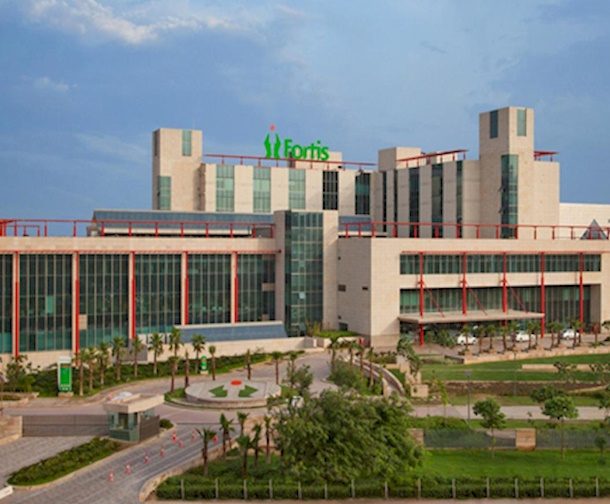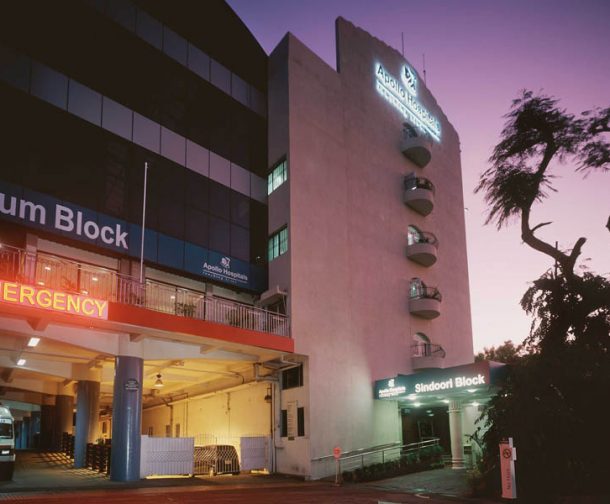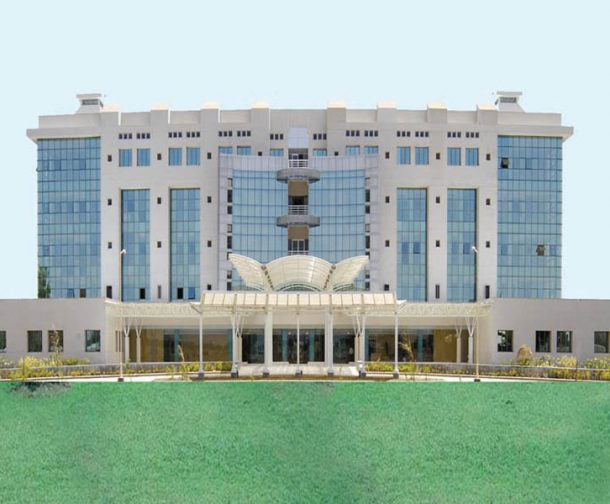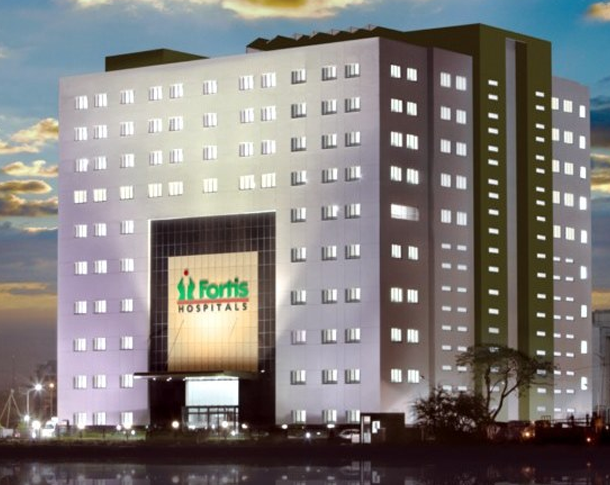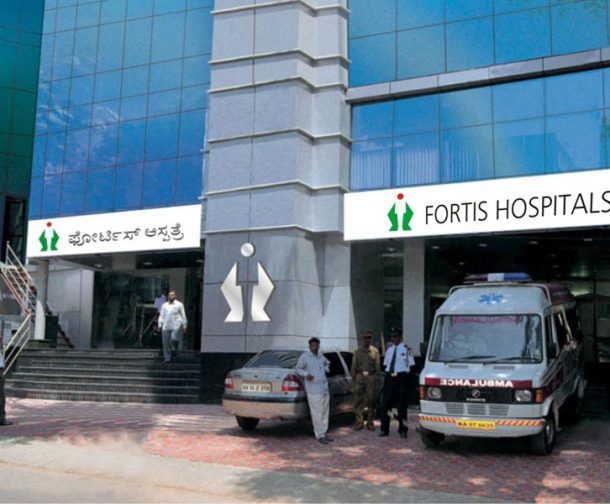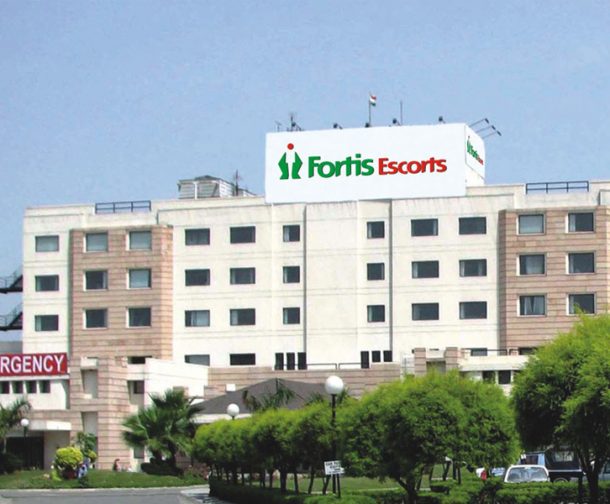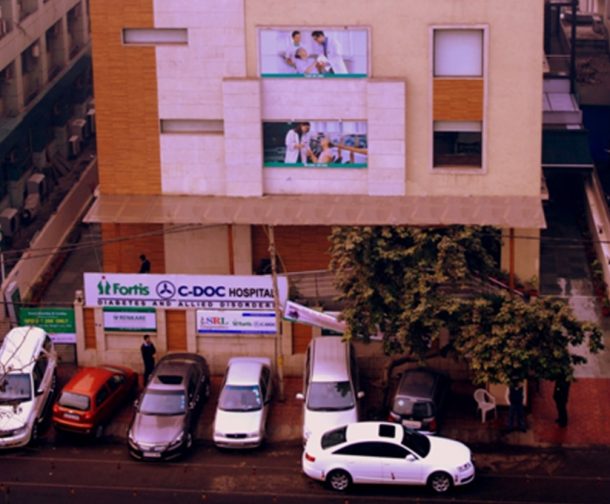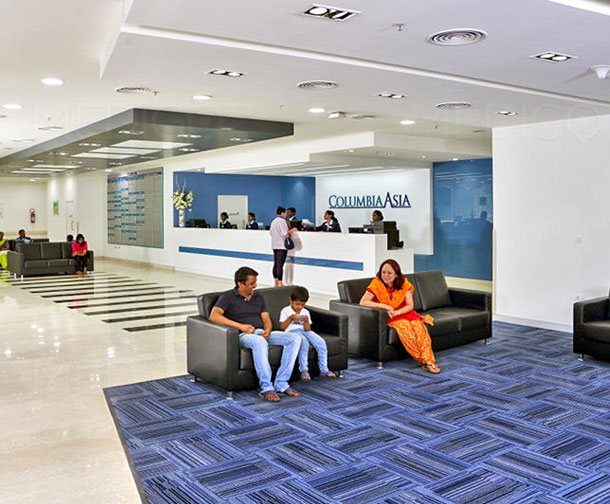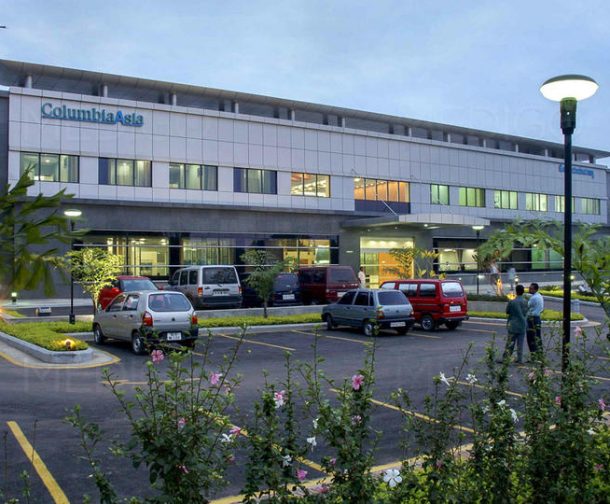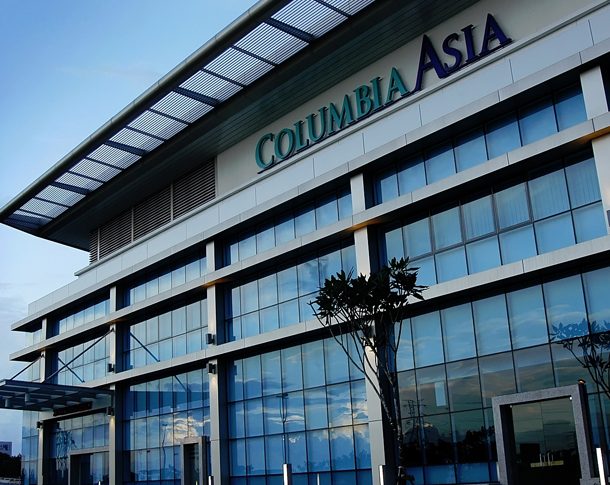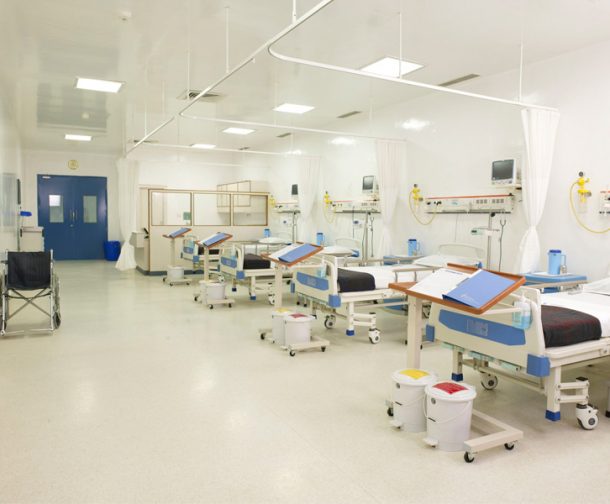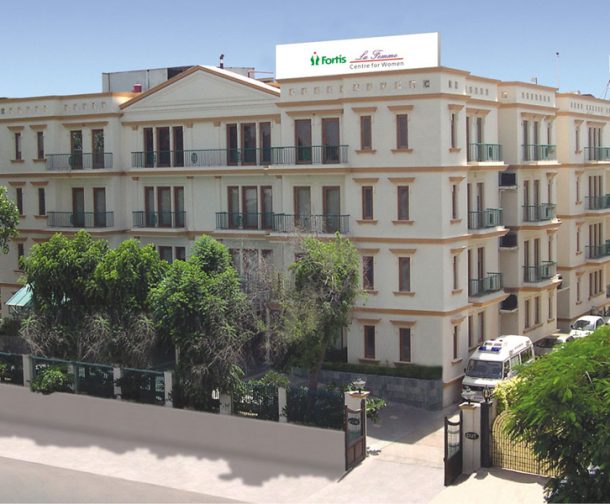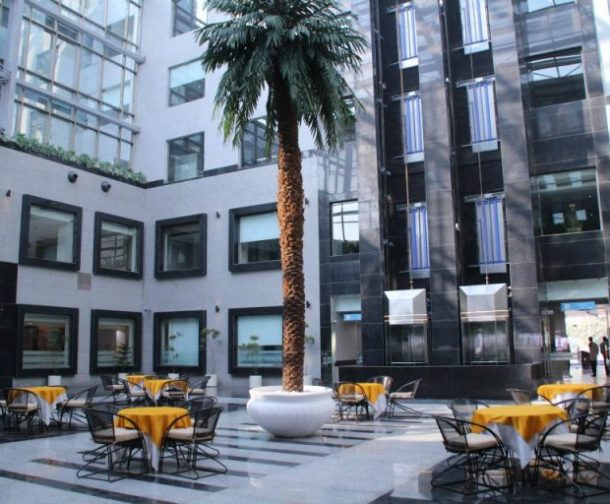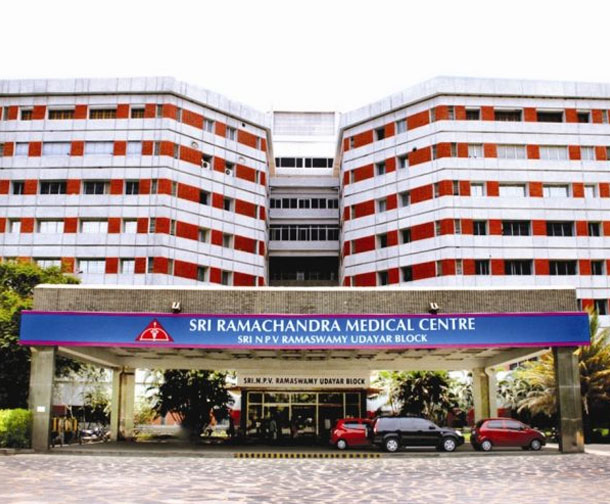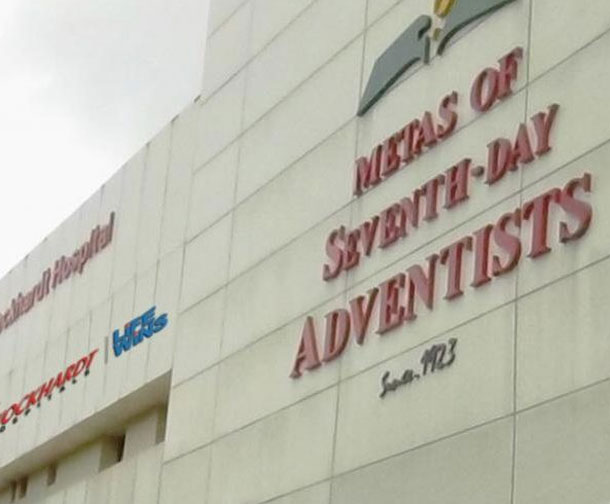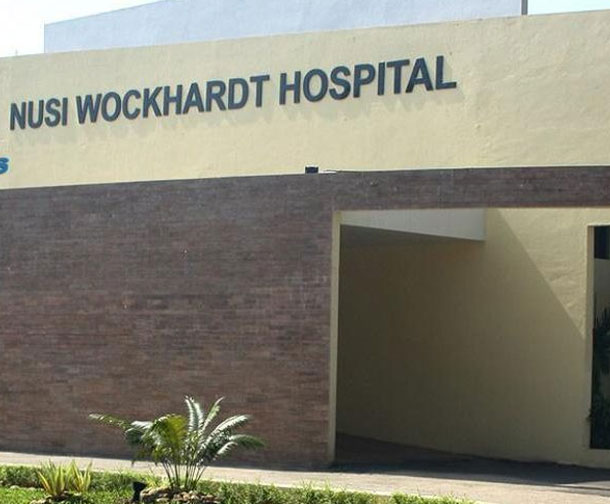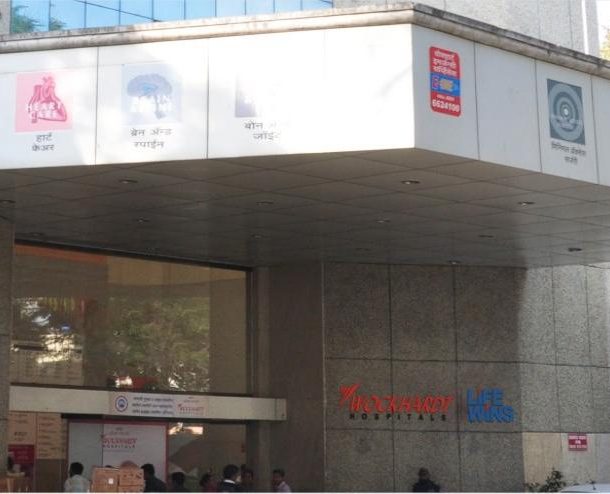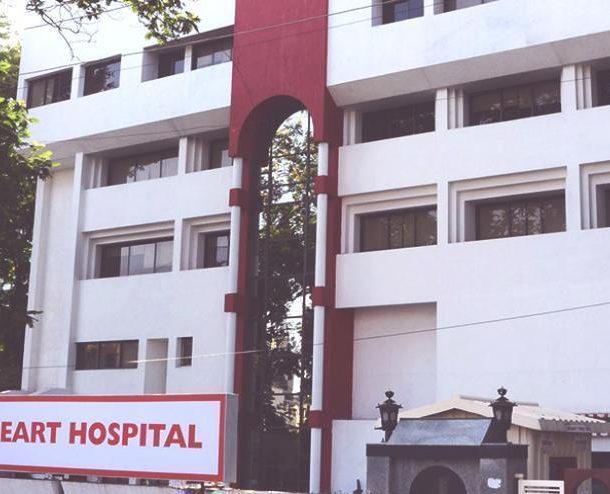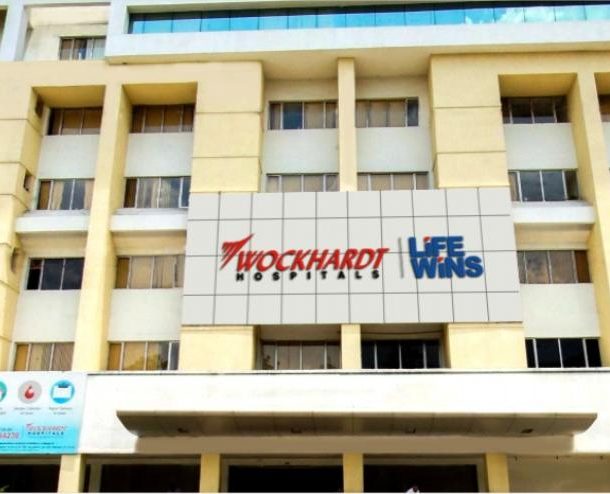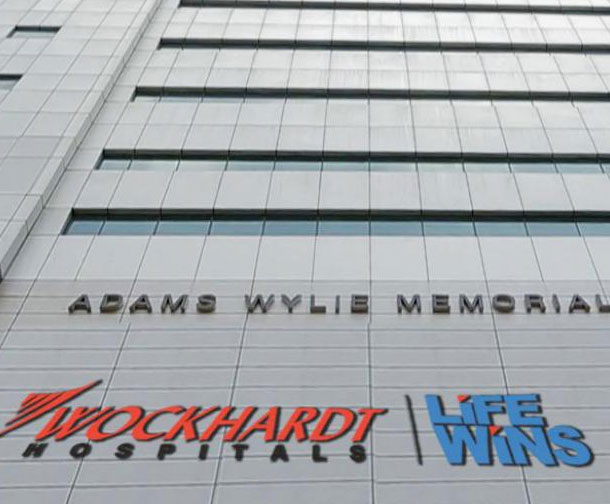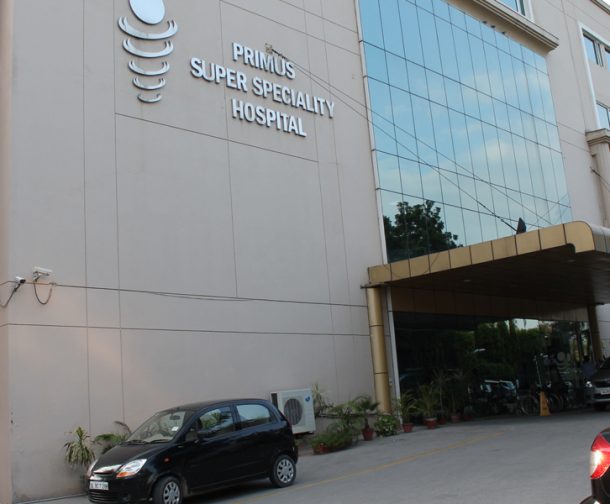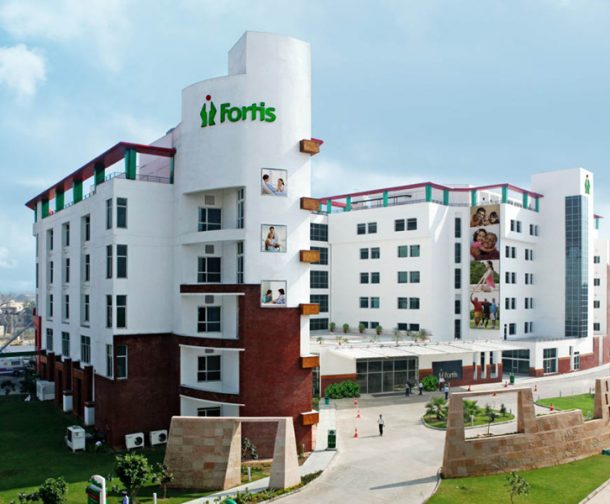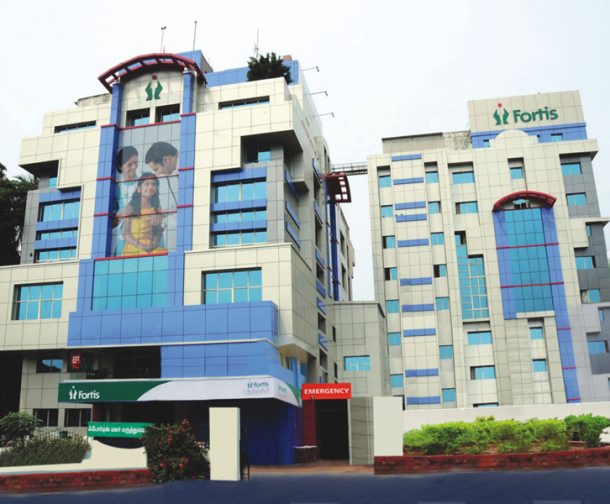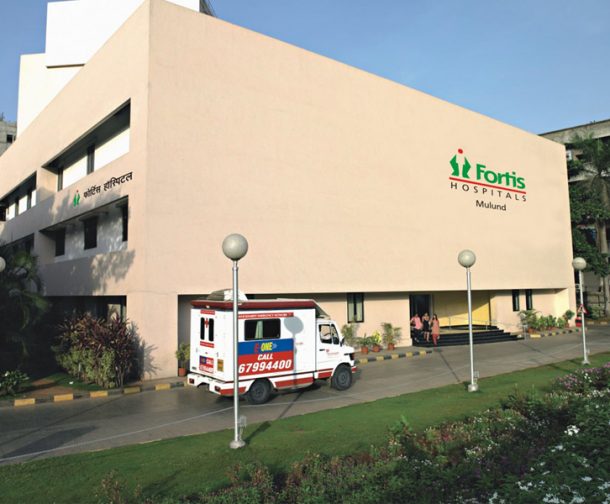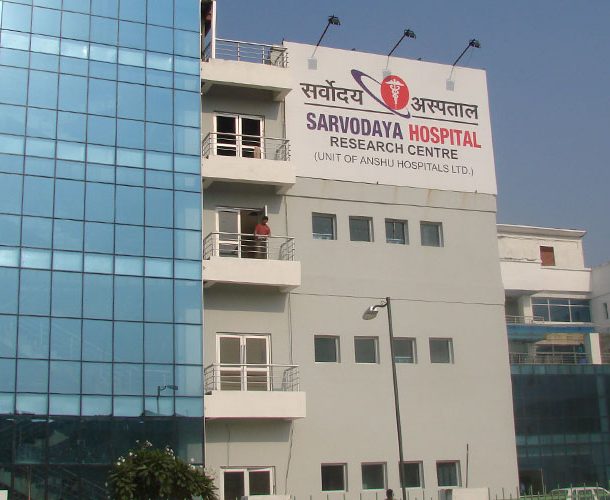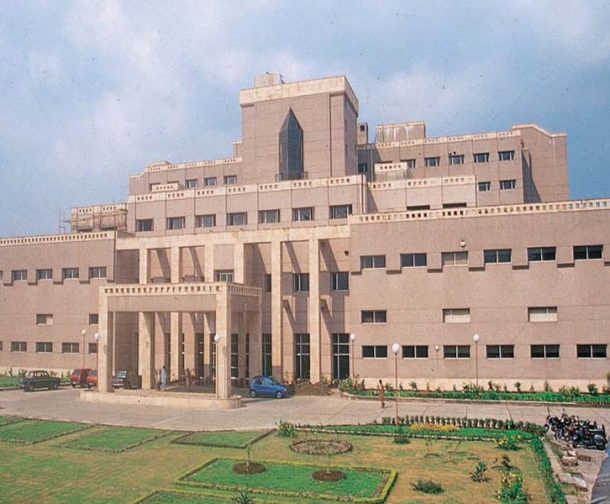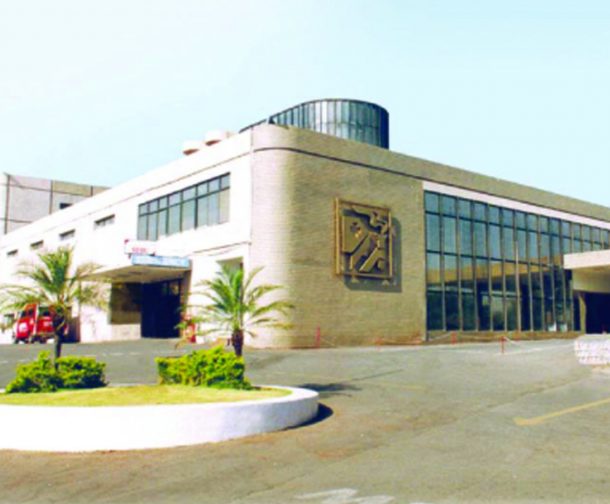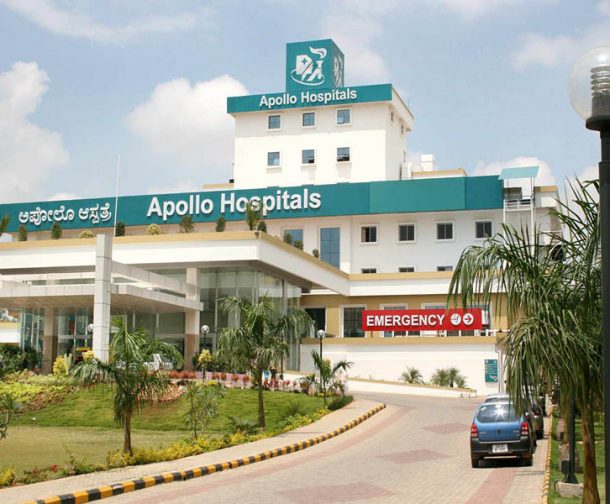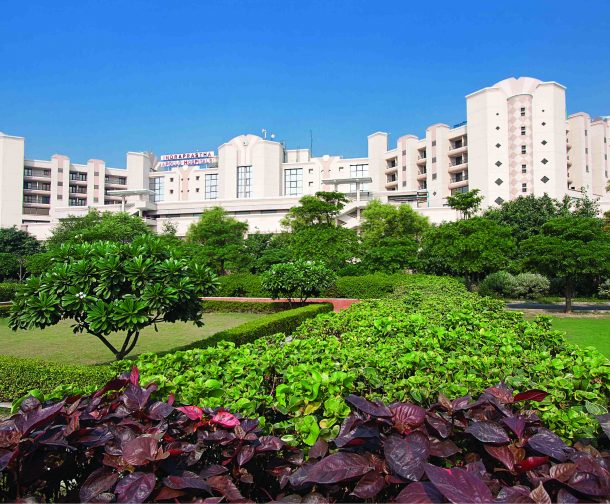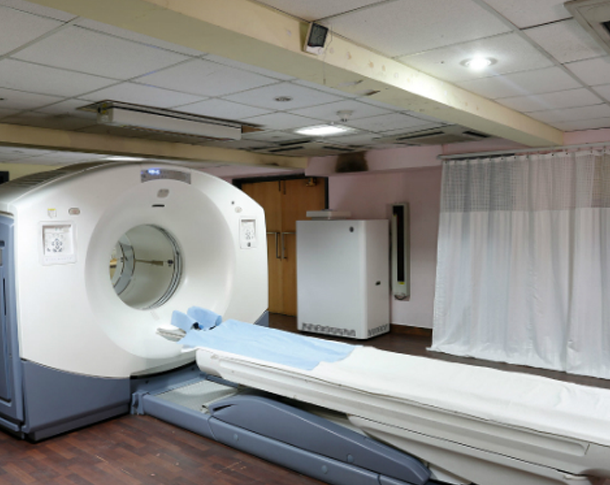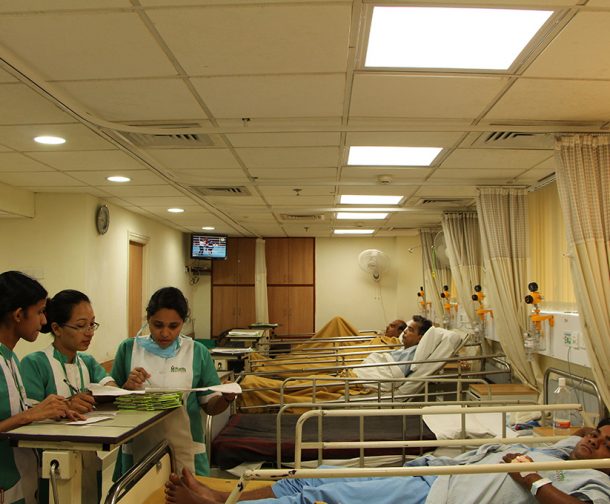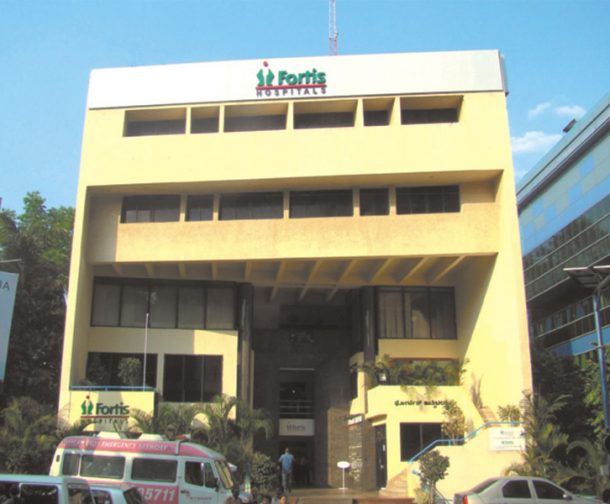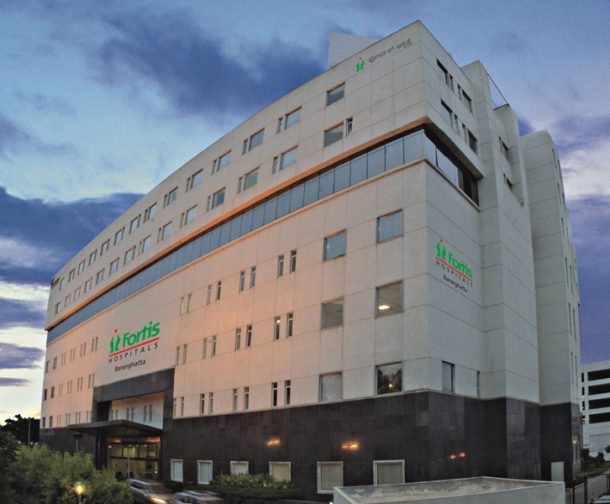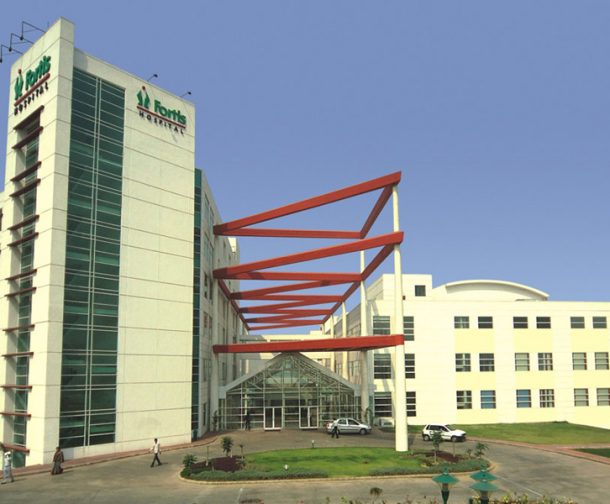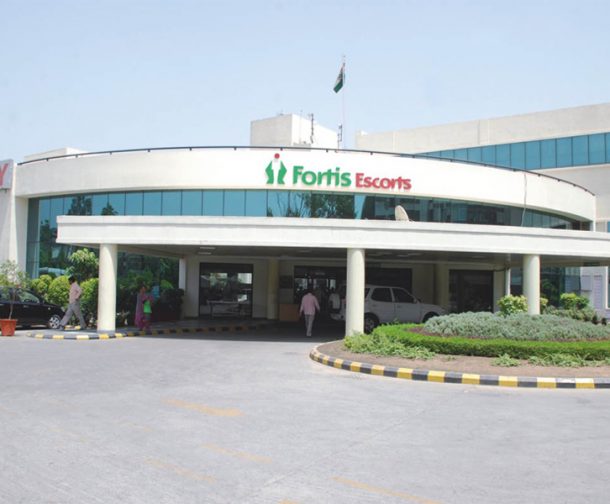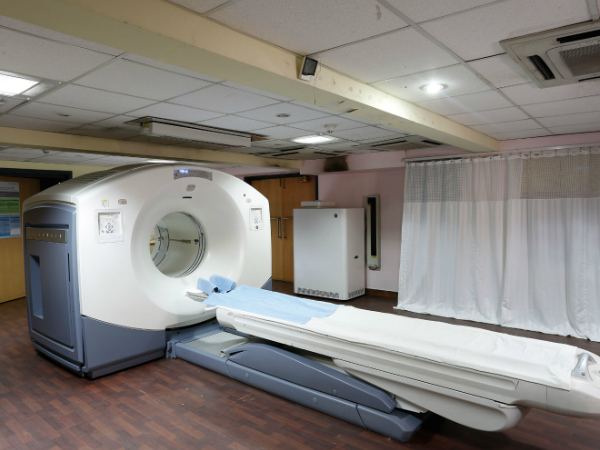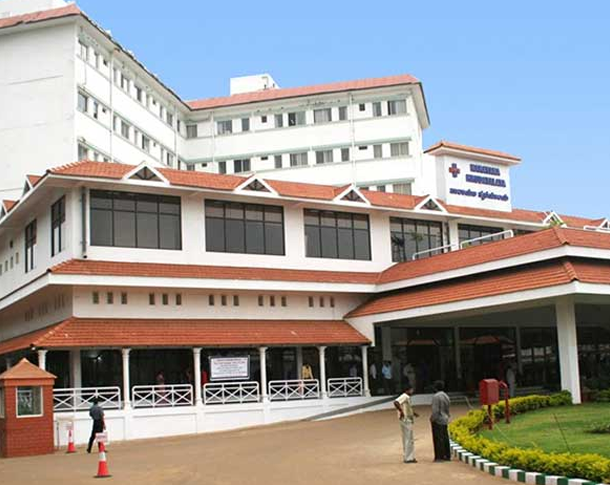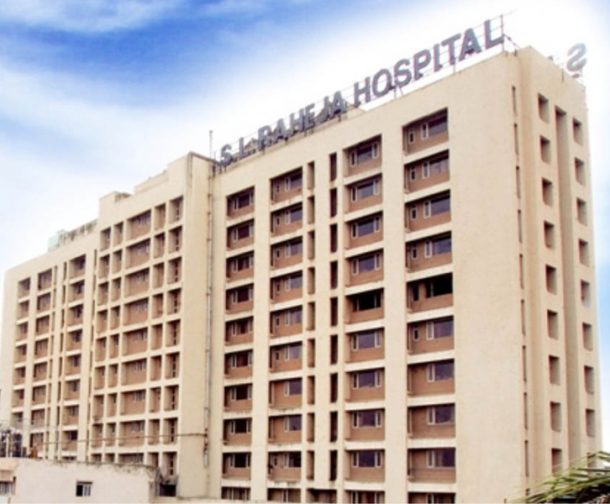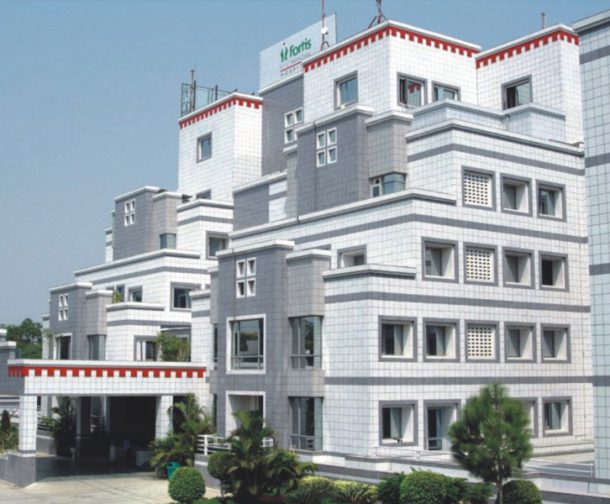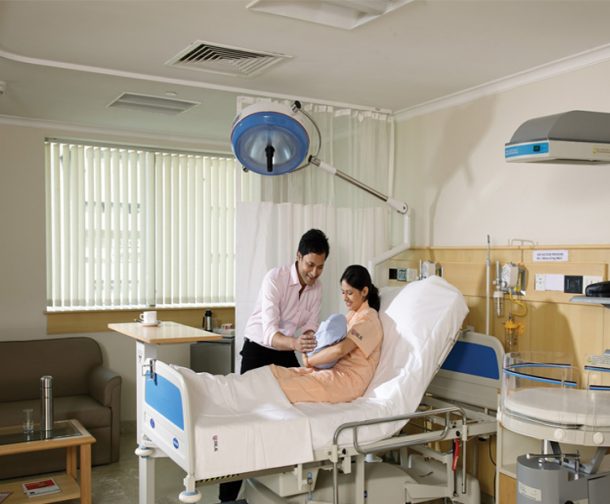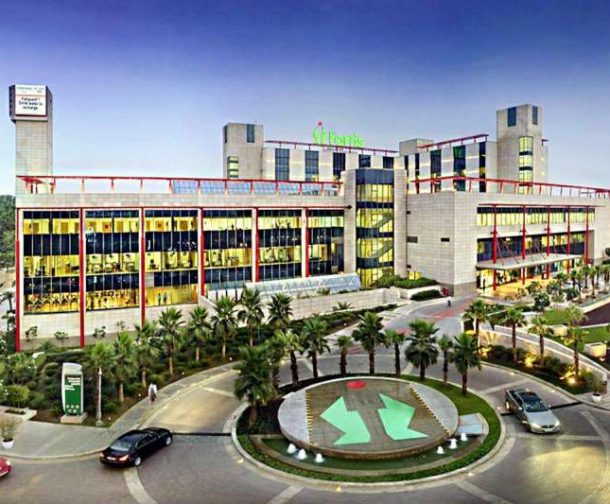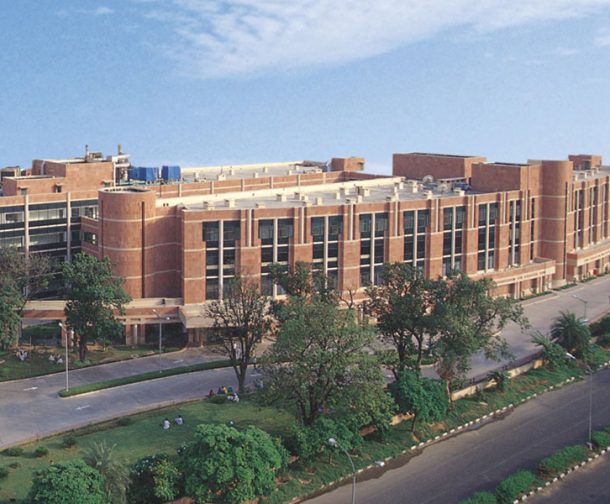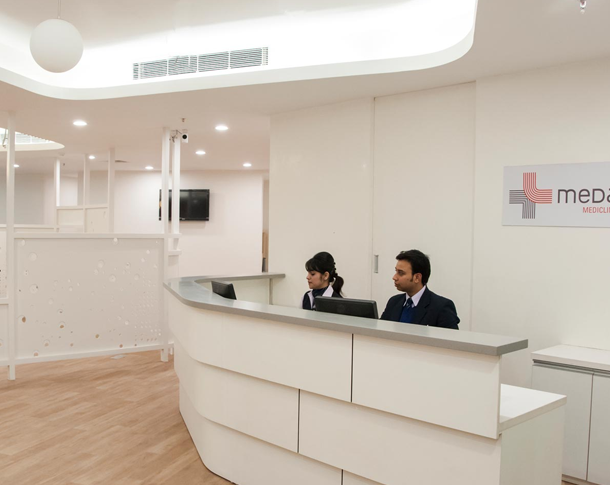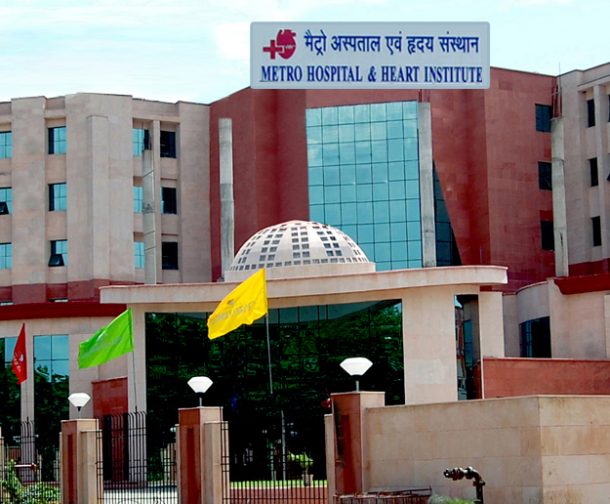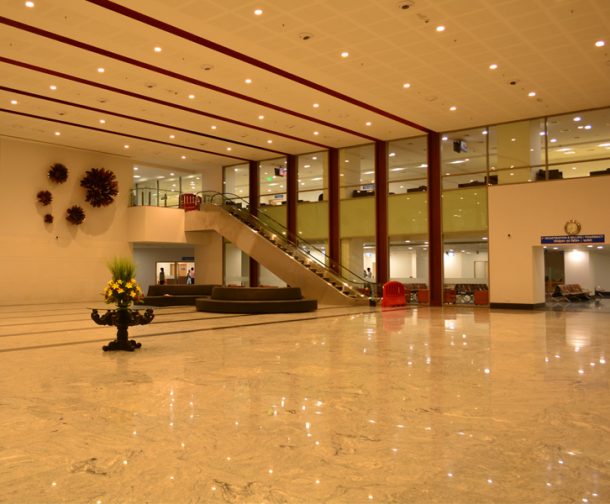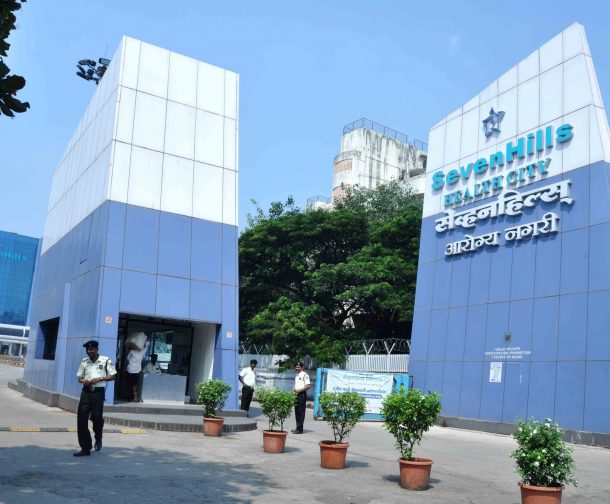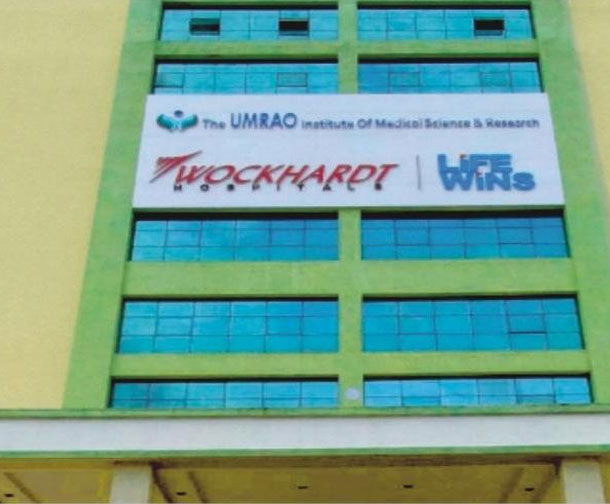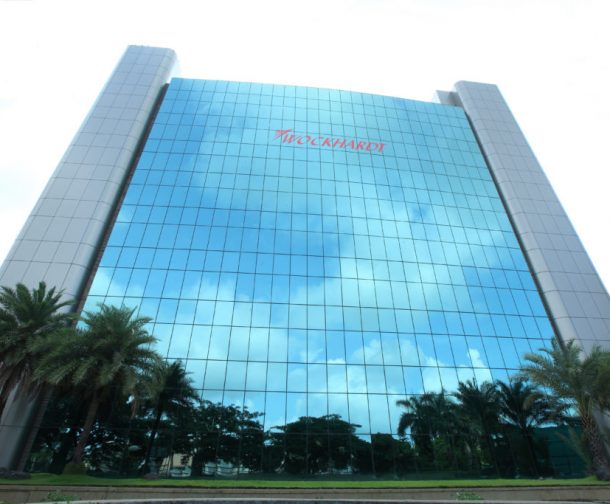
MAS-Laparoscopic
Laparoscopic or minimal access surgery is a skillful technique for performing abdominal surgeries. The traditional surgery requires an open cut or incision which leaves a scar. However, laparoscopic surgery uses several tiny incisions called ports which do not leave scars.
India is fast becoming the perfect destination for laparoscopic surgeries due to several reasons. Laparoscopy hospitals in India are par at providing the utmost intense patient care aiming for patient satisfaction. Indian surgeons are compassionate and well-trained in providing quality care for the patients. India offers the best medical facilities compared to any other western countries. It has got the finest infrastructure, efficient surgeons, and affordable costs.
Laparoscopic procedures are affordable in India whereas the same procedures are expensive in the USA and other western countries. For instance, a heart valve replacement surgery which costs $8,000 in India costs $10,000 in Thailand, $12,500 in Singapore, $90,000 in Britain and $200,000 in India. Laparoscopic surgeries in India, on the whole, would surely save 75% to 90% of the healthcare costs compared to the same procedure if performed in the other western countries.
India is not only considered as the great place to explore, but it is also
considered the best destination for medical tourism due to its rich cultural
heritage.
Procedures of MAS-Laparoscopic
Gastrojejunostomy- Laparoscopic
Gastrojejunostomy is done when food cannot pass through your stomach into the intestine. Laparoscopic gastrojejunostomy involves making a cross connection between the stomach and jejunum which can bypass the obstruction. Gastric outlet obstruction is the most common indication.
Hiatus repair (With High Generation Mesh)
Hiatus repair is a procedure that involves tightening the opening of the diaphragm with stitches. A mesh is used to repair the hiatus to keep the area more secured. The mesh is made of polypropylene, polytetrafluoroethylene (PTFE).
Lap Inguinal Hernioplasty Bilateral
Hernia is the bulging of soft tissue which is present on the walls of the abdomen. A bilateral hernia is hernia on both sides of pubic bone. Surgery is always recommended for these inguinal hernias. Pre-surgical treatments helps to decide whether a hernia is incarcerated or strangulated. During the surgery, inguinal hernias present on both sides of the pubic bones are laparoscopically removed.
Lap Inguinal Hernioplasty Unilateral
A unilateral hernia is the development of a hernia on any one side of the pubic boneSurgery is always recommended for this inguinal hernia. Pre-surgical treatments may help decide whether the hernia is incarcerated or strangulated. During the surgery, inguinal hernia present on any one of the side of the pubic bone is laparoscopically removed.
Laparoscopic Cholecystectomy
Laparoscopic cholecystectomy involves removal of gallstones or stones in the cystic ducts. During this surgery, 3-4 incisions are made in the abdomen and the infected gallbladder is removed through the laparoscopic instruments.
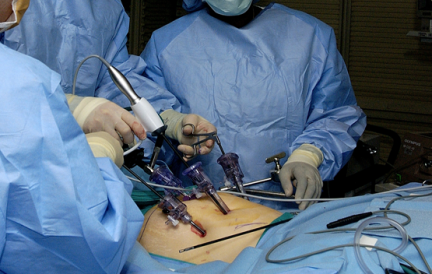
Laparoscopic Surgeries: The History
- 1585- Aranzi was the first to use a light source for an endoscopic procedure. He focused sunlight through a flask of water and projected the light into the nasal cavity.
- 1706- The term "trocar," was coined.
- 1806- Philip Bozzini, built an instrument called "LICHTLEITER". It could be inserted in the human body to visualize the internal organs.
- 1853- Antoine Jean Desormeaux, first introduced the 'Lichtleiter" to a patient.
- 1868- Kussmaul performed the first esophagogastroscopy on a professional sword swallower.
- 1869- Commander Pantaleoni used a modified cystoscope to cauterize a hemorrhagic uterine growth.
- 1901- Georg Kelling, of Dresden, Germany performed the first laparoscopic procedure in dogs.
- 1910- Hans Christian Jacobaeus of Sweden performed the first laparoscopic operation in humans.
- 1947- Raoul Palmer published the first publication on modern diagnostic laparoscopy.
- 1972- Clarke invented, published, patented, presented, and recorded on film laparoscopic surgery.
- 1975- Tarasconi, from University of Passo Fundo Medical School (Passo Fundo, RS, Brazil), started his experience with organ resection by laparoscopy (Salpingectomy).
- 1981- Semm, from Kiel University, Germany, performed the first laparoscopic appendectomy.
- 1987- Phillipe Mouret performed the first laparoscopic cholecystectomy.
- 1988- Harry Reich performed laparoscopic lymphadenectomy to treat ovarian cancer in a patient.

